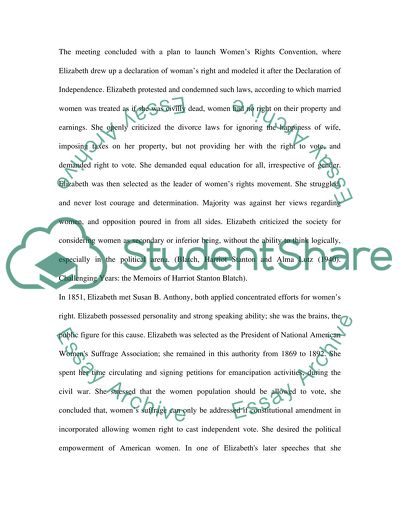Cite this document
(“Stanton And Women Liberty Essay Example | Topics and Well Written Essays - 1500 words”, n.d.)
Stanton And Women Liberty Essay Example | Topics and Well Written Essays - 1500 words. Retrieved from https://studentshare.org/miscellaneous/1530278-stanton-and-women-liberty
Stanton And Women Liberty Essay Example | Topics and Well Written Essays - 1500 words. Retrieved from https://studentshare.org/miscellaneous/1530278-stanton-and-women-liberty
(Stanton And Women Liberty Essay Example | Topics and Well Written Essays - 1500 Words)
Stanton And Women Liberty Essay Example | Topics and Well Written Essays - 1500 Words. https://studentshare.org/miscellaneous/1530278-stanton-and-women-liberty.
Stanton And Women Liberty Essay Example | Topics and Well Written Essays - 1500 Words. https://studentshare.org/miscellaneous/1530278-stanton-and-women-liberty.
“Stanton And Women Liberty Essay Example | Topics and Well Written Essays - 1500 Words”, n.d. https://studentshare.org/miscellaneous/1530278-stanton-and-women-liberty.


